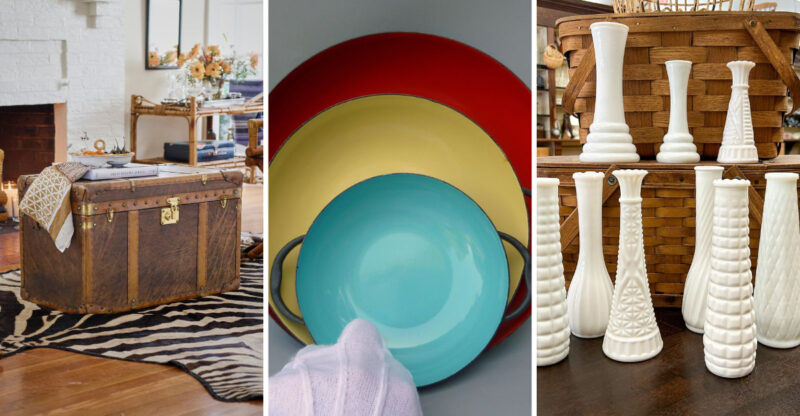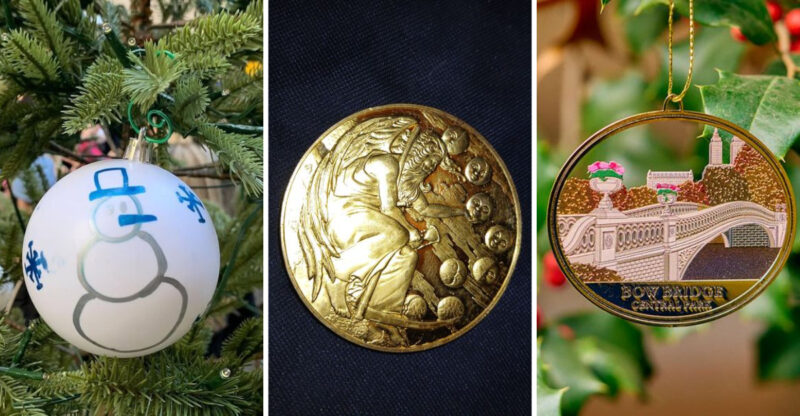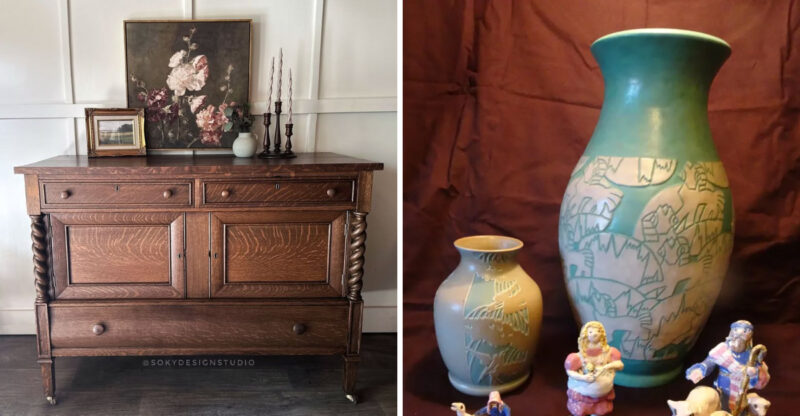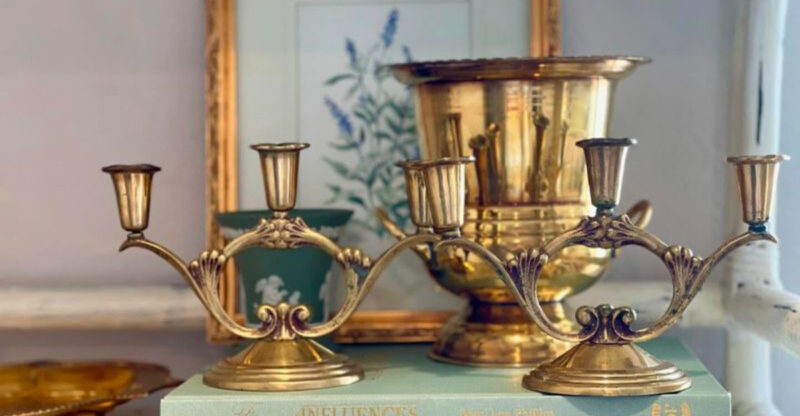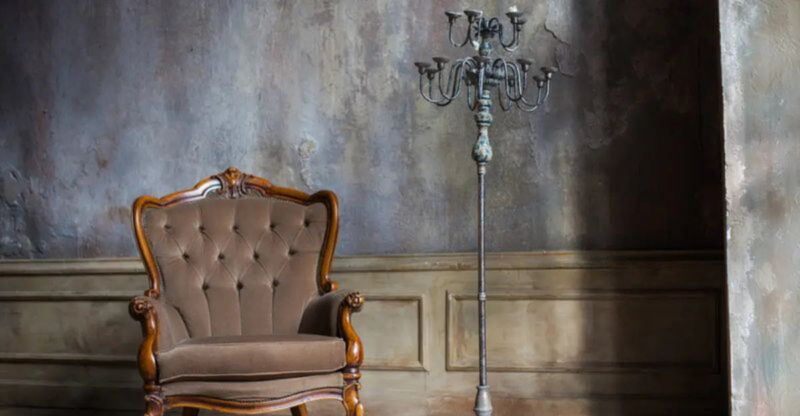10 Midwest Antique Trends In 2025: What’s Up, What’s Down
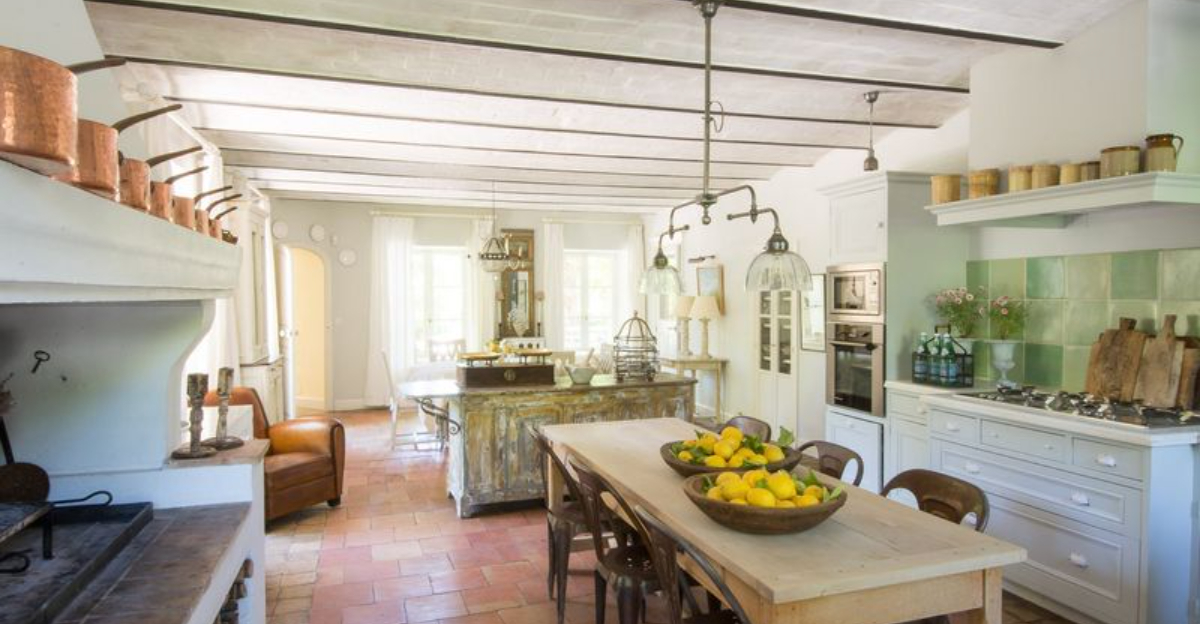
The Midwest antique scene is changing faster than you can say ‘vintage treasure.’ Collectors, dealers, and casual browsers alike are noticing big shifts in what’s hot and what’s not this year.
Whether you’re hunting for bargains at rural estate sales or browsing upscale urban shops, these trends will shape what you’ll find – and how much you’ll pay.
1. Antique Toys In Original Packaging Skyrocketing
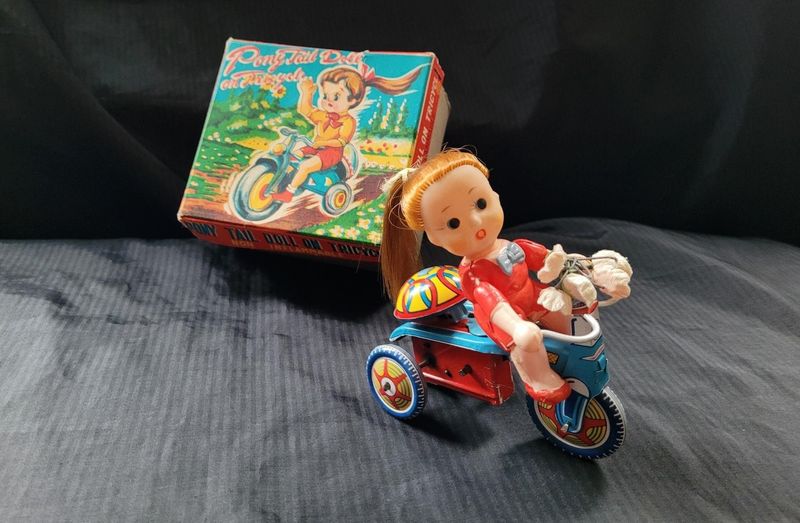
Childhood treasures preserved in their original boxes represent the ultimate combination of nostalgia and investment potential. Condition matters tremendously in this category, with mint-in-box examples fetching astronomical prices.
Toys manufactured in Midwestern factories hold special regional appeal. Baby boomers compete with museums and serious collectors for pristine examples of their childhood playthings. This category consistently outperforms other antique segments in terms of year-over-year value increases.
2. Mid-Century Modern Furniture Cooling Off
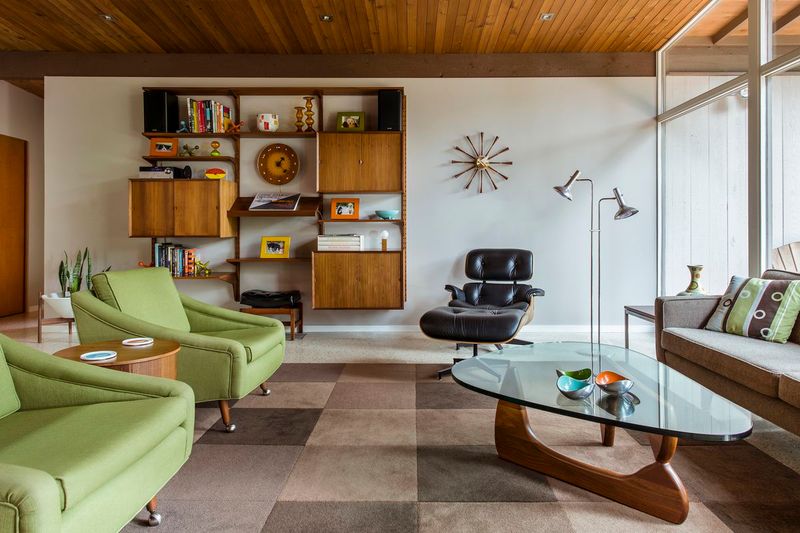
The fever for sleek 1950s chairs and tables is finally breaking. After years of skyrocketing prices, the market is experiencing a significant correction.
Mid-century pieces that once sparked bidding wars now linger in showrooms longer. Dealers report increasing inventory and decreasing demand, especially for mass-produced items lacking designer pedigrees. Smart collectors are using this cooling trend to snag quality pieces at more reasonable prices.
3. Handwritten Letters And Ephemera Gaining Ground

Forgotten bundles of correspondence are emerging as unexpected treasures. Personal letters, postcards, and handwritten recipes connect us to intimate moments of the past. Ephemera collectors are especially hunting items with Midwestern connections.
Family histories documented through paper trails fascinate younger collectors who grew up in the digital age. This nostalgic category offers affordable entry points for new collectors while providing meaningful glimpses into everyday Midwest life.
4. Victorian Furniture Continues Its Decline
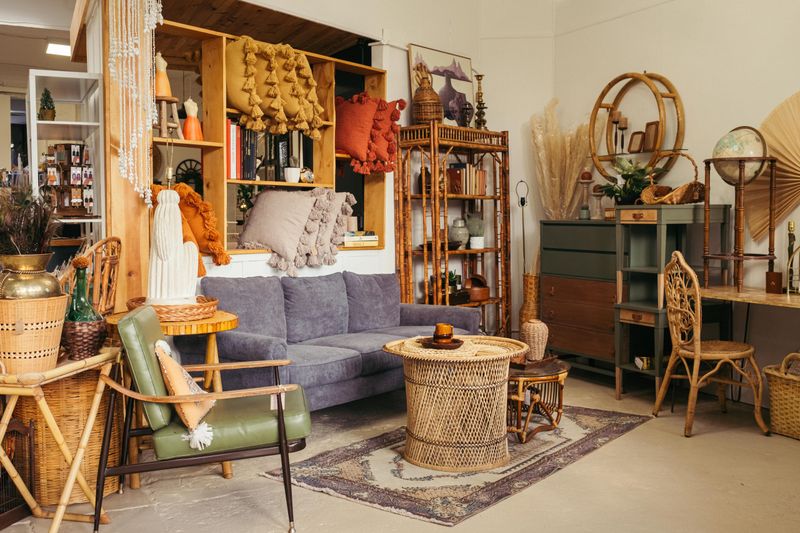
Heavy, ornate pieces from the Victorian era keep losing their appeal. The elaborate carvings and dark woods that once dominated formal parlors struggle to find new homes in contemporary living spaces.
Victorian furniture’s massive footprint conflicts with modern downsizing trends. Even well-preserved examples sell for fractions of their values from a decade ago. Savvy dealers are breaking up sets and repurposing components rather than trying to sell complete dining or bedroom suites.
5. Advertising Memorabilia From Local Brands Exploding

Regional pride has collectors clamoring for signs, tins, and promotional items from hometown companies. Pieces featuring defunct Midwestern breweries, dairies, and manufacturers generate particular excitement.
Advertising memorabilia with local connections creates bidding frenzies at auctions. The more specific to a small town or short-lived company, the higher the demand. This trend reflects growing interest in preserving community histories and supporting local economies even through collecting practices.
6. Depression Glass Prices Shattering Records

Those colorful glass pieces your grandmother collected are making a spectacular comeback! Pink, green, and amber patterns that languished in curio cabinets are now commanding serious attention. Depression glass appeals to collectors seeking affordable splashes of color.
Complete sets remain relatively attainable compared to other antique categories. The nostalgic connection to Midwestern kitchen tables during challenging economic times resonates particularly with buyers looking for meaningful connections to regional resilience.
7. Primitive Folk Art Crafts Rising Steadily
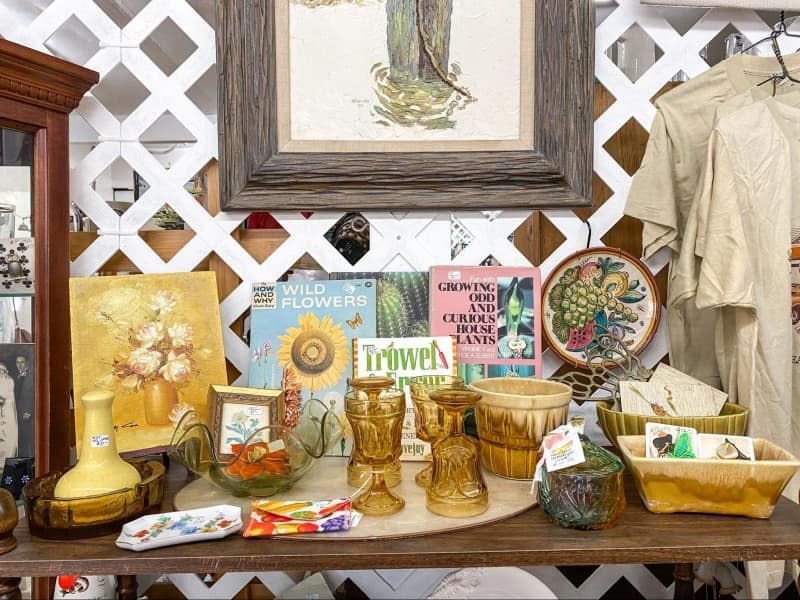
Rustic carvings, quilts, and homemade toys created by untrained artisans are stealing the spotlight. Their imperfections and authentic character speak to our desire for genuine human expression. Folk art from Midwestern communities reflects regional traditions and resourcefulness.
Pieces with documented provenance to specific families or communities command premium prices. This category bridges fine art collecting and historical preservation, attracting diverse buyers from museums to casual decorators.
8. Formal China Sets Crashing In Value

Remember those pristine place settings rarely used except for holidays? The market for them has completely collapsed. Elaborate china patterns gathering dust in china cabinets continue losing both monetary and sentimental value.
Formal dining sets reflect changing lifestyles and entertaining styles. Young collectors show virtually no interest in these high-maintenance pieces. Dealers report success only when repurposing individual plates as decorative items rather than trying to sell complete services for twelve.
9. Farmhouse Functional Items Soaring In Value
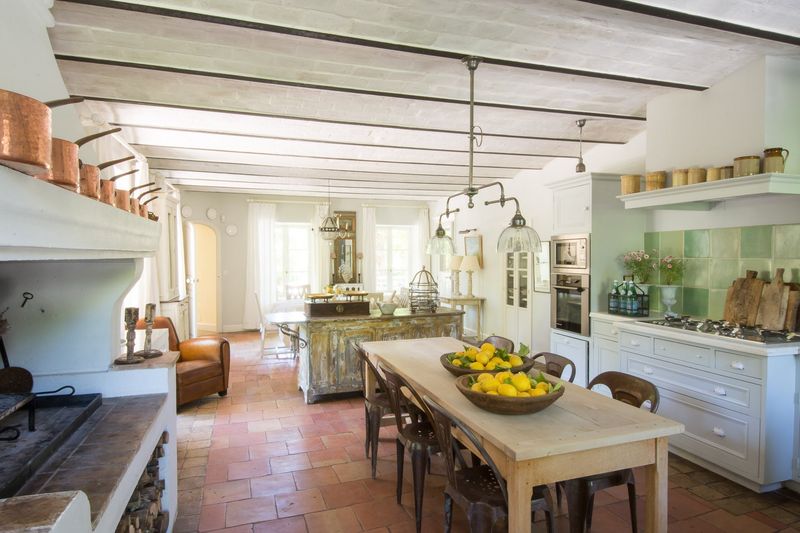
Gone are the days when practical farm tools gathered dust in barns. These utilitarian pieces now command premium prices in the heartland’s antique markets.
Farmhouse items with authentic wear marks tell stories of Midwestern agricultural heritage. Butter churns, grain scoops, and hand-forged implements have become must-haves for both city dwellers and country decorators seeking genuine connections to rural American history.
10. Vintage Cookbooks And Kitchen Implements Heating Up
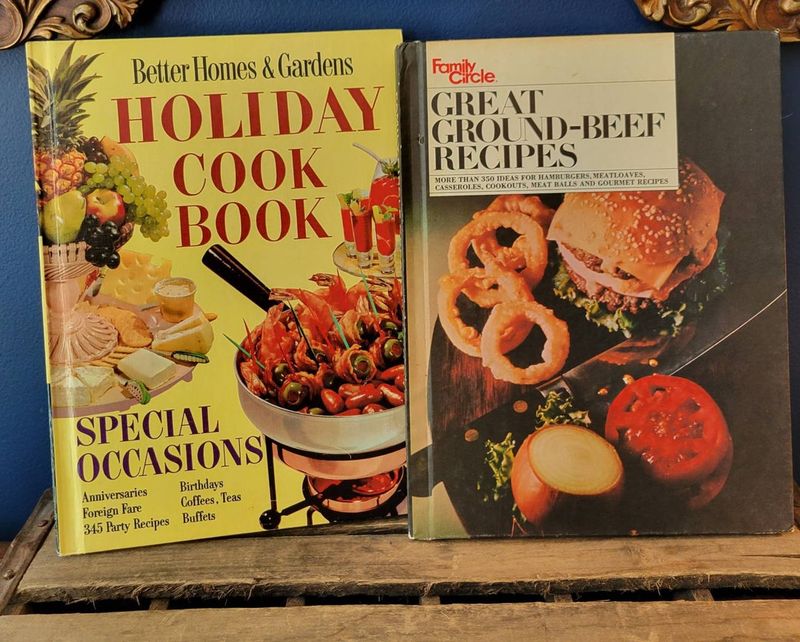
Spiral-bound community recipe collections and quirky kitchen gadgets are simmering with collector interest! Regional cookbooks documenting Midwestern food traditions have particular appeal in today’s farm-to-table culture.
Vintage kitchen implements tell stories of how previous generations prepared meals. Church cookbooks with handwritten notes command premium prices. This category benefits from crossover appeal between serious collectors and casual buyers looking for both decoration and practical use in their own kitchens.


